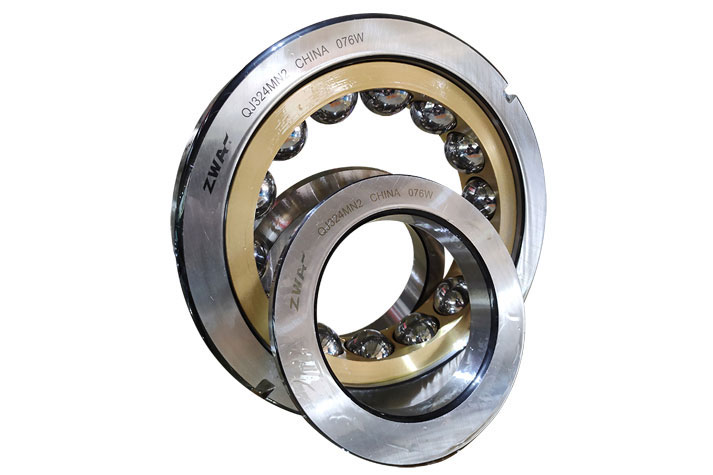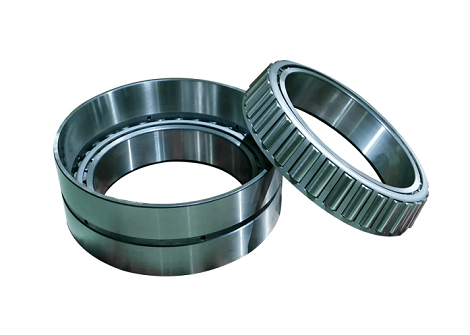The thrust ball bearing is usually used in parts with low speed, such as crane hook, vertical water pump, vertical centrifuge, lifting jack, low-speed decelerator, etc. How do thrust ball bearings work? ZWA analyzes it for you.
Thrust ball bearings (TBB bearing) are segregated bearings whose shaft rings and seat rings can be separated from the components of holders and steel balls. The shaft ring is a collar matching the shaft, and the seat ring which has a gap with the shaft is a collar matching the bearing seat bore.
1. Thrust ball bearings can only bear axial load. The single direction thrust ball bearing can only bear axial load in one direction, and the double direction thrust ball bearing can bear axial load in two directions.
2. The thrust ball bearing cannot control the radial displacement of the shaft, and the limit speed is very low. The single direction thrust ball bearing can limit the axial displacement of the shaft and the shell in one direction, and the double direction thrust ball bearing can limit the axial displacement in two directions.
3. The thrust roller bearing is used to bear the axial load and radial load, and the radial load shall not exceed 55% of axial load. Compared with other thrust roller bearings, this kind of bearing has a lower friction coefficient, higher rotational speed, and the function of self-aligning.
4. The cylindrical roller thrust bearing and the thrust tapered roller bearing are applied to low-speed machines. And the thrust tapered roller bearing is slightly faster than that of the thrust cylindrical roller bearing.

